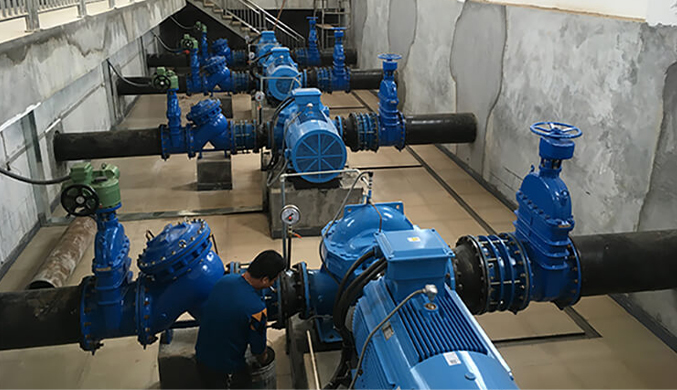French
- Afrikaans
- Albanian
- Amharic
- Arabic
- Armenian
- Azerbaijani
- Basque
- Belarusian
- Bengali
- Bosnian
- Bulgarian
- Catalan
- Cebuano
- Corsican
- Croatian
- Czech
- Danish
- Dutch
- English
- Esperanto
- Estonian
- Finnish
- French
- Frisian
- Galician
- Georgian
- German
- Greek
- Gujarati
- Haitian Creole
- hausa
- hawaiian
- Hebrew
- Hindi
- Miao
- Hungarian
- Icelandic
- igbo
- Indonesian
- irish
- Italian
- Japanese
- Javanese
- Kannada
- kazakh
- Khmer
- Rwandese
- Korean
- Kurdish
- Kyrgyz
- Lao
- Latin
- Latvian
- Lithuanian
- Luxembourgish
- Macedonian
- Malgashi
- Malay
- Malayalam
- Maltese
- Maori
- Marathi
- Mongolian
- Myanmar
- Nepali
- Norwegian
- Norwegian
- Occitan
- Pashto
- Persian
- Polish
- Portuguese
- Punjabi
- Romanian
- Russian
- Samoan
- Scottish Gaelic
- Serbian
- Sesotho
- Shona
- Sindhi
- Sinhala
- Slovak
- Slovenian
- Somali
- Spanish
- Sundanese
- Swahili
- Swedish
- Tagalog
- Tajik
- Tamil
- Tatar
- Telugu
- Thai
- Turkish
- Turkmen
- Ukrainian
- Urdu
- Uighur
- Uzbek
- Vietnamese
- Welsh
- Bantu
- Yiddish
- Yoruba
- Zulu
Telephone: +86 13120555503
Email: frank@cypump.com
Nov . 21, 2024 20:28 Back to list
pump tank septic system
Understanding Pump Tank Septic Systems Essentials and Benefits
A pump tank septic system is an essential component of modern wastewater treatment, particularly in areas where traditional gravity-fed systems may not be viable. This system is designed to manage household sewage and wastewater effectively, ensuring environmental protection and public health safety. In this article, we will explore the key elements, functioning, and advantages of pump tank septic systems.
What is a Pump Tank Septic System?
A pump tank septic system consists of two main components a septic tank and a pump tank. The septic tank is the primary vessel where wastewater from the household is initially processed. It relies on natural processes to separate solids from liquids, allowing anaerobic bacteria to break down organic matter. However, in some scenarios—like properties situated on a slope or far from drain fields—a standard septic tank alone is inadequate. This is where the pump tank comes into play.
The pump tank stores the effluent liquid that has been partially treated in the septic tank. When the effluent reaches a certain level, the pump is activated, transporting the liquid to the drain field for further treatment through soil filtration. This effluent dispersal enables effective drainage and enhances the system's overall efficiency.
Key Components of the System
1. Septic Tank This is the first stage of treatment. It collects and stores the wastewater from the household, allowing solids to settle at the bottom while lighter materials, like grease, rise to the top.
2. Pump Tank The pump tank holds the liquid effluent and contains a pump that propels the effluent to the drain field. The pump is typically equipped with a float switch that activates based on the liquid level.
3. Drain Field Also known as the leach field, this is the area where treated effluent is released into the soil. The soil acts as a natural filtration system, further purifying the effluent before it enters the groundwater.
pump tank septic system

Advantages of Pump Tank Septic Systems
1. Effective Wastewater Management Pump tank septic systems are highly efficient in managing wastewater, especially in terrains where gravity systems are impractical. They ensure that effluent is properly treated and dispersed into the ground, reducing the risk of contaminating local water sources.
2. Flexibility in Installation These systems can be installed in various terrains and locations, making them versatile for residential properties. Irrespective of high water tables or hilly landscapes, a pump tank septic system can be tailored to meet specific site conditions.
3. Reduced Maintenance Although all septic systems require regular maintenance, pump tank systems can reduce the frequency of pump-outs compared to traditional systems. The advanced design allows for better separation of solid waste and liquid effluent.
4. Environmental Protection By effectively breaking down and treating sewage, pump tank septic systems help preserve the environment. They minimize the potential for untreated waste to contaminate local water bodies, ensuring cleaner groundwater and healthier ecosystems.
5. Cost-Effectiveness While the initial installation cost of a pump tank septic system may be higher than traditional systems, their durability and reduced maintenance costs can result in significant long-term savings.
Conclusion
In conclusion, pump tank septic systems play a crucial role in modern wastewater treatment, especially for properties that cannot utilize gravity-fed systems. Their efficient design, adaptability to various terrains, and environmental benefits make them a smart choice for homeowners. Understanding the components and functioning of these systems is essential for anyone considering the installation or maintenance of a septic system. Investing in a pump tank septic system not only enhances the sustainability of wastewater management but also contributes to the protection of our precious water resources.
-
Heavy-Duty Mining Sludge Pumps - Wear-Resistant Slurry Handling
NewsAug.02,2025
-
Horizontal Split Case Pump with GPT-4 Turbo | High Efficiency
NewsAug.01,2025
-
ISG Series Pipeline Pump - Chi Yuan Pumps | High Efficiency, Durable Design
NewsAug.01,2025
-
Advanced Flue Gas Desulfurization Pump with GPT-4 Turbo | Durable & Efficient
NewsJul.31,2025
-
ISG Series Vertical Pipeline Pump - Chi Yuan Pumps | Advanced Hydraulic Design&Durable Construction
NewsJul.31,2025
-
ISG Series Vertical Pipeline Pump - Chi Yuan Pumps | Energy Efficient & Low Noise
NewsJul.31,2025










